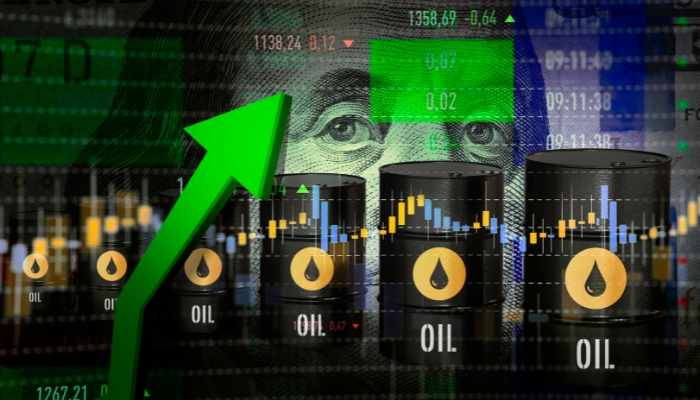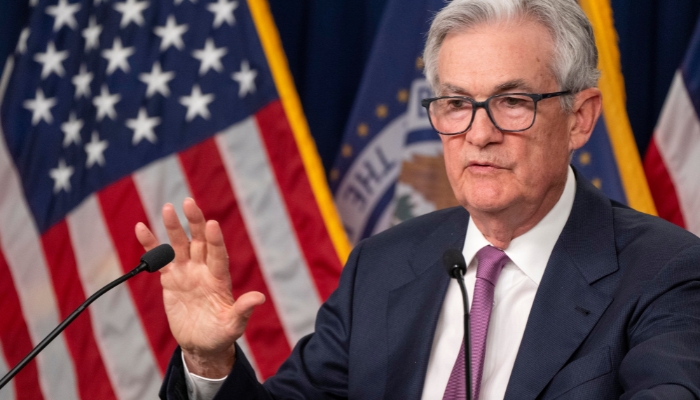Oil Prices Surge Amid Libyan Flooding
Anúncios
Global oil prices surged past $92 a barrel on Tuesday, reaching their highest level in almost 10 months. This rise comes as the energy market grapples with supply disruptions resulting from catastrophic flooding in Libya.
Tragically, this flooding has led to the loss of at least 2,000 lives, with another 10,000 individuals feared missing. The flooding damaged dams and swept away numerous homes in the region.
Brent crude, the world’s benchmark oil price, experienced an almost 2% increase, reaching an intraday high of $92.38 per barrel. This marks the highest price since November 17, 2022. Meanwhile, US oil prices rose by 2.3%, reaching as high as $89.29 per barrel, their highest level since November. This latest surge in oil prices is expected to continue driving up fuel costs for consumers and contribute to inflation within the US economy.

Analysts attribute this price surge to the devastating flooding in Libya, which will temporarily disrupt the country’s oil exports. In August, Libya produced approximately 1 million barrels of oil per day, according to OPEC.
Matt Smith, the lead oil analyst for the Americas at Kpler, explained, “Libya has a number of ports that are not able to export. It’s one more thing adding to the bullish side of the ledger for crude.” The flooding in Libya occurred just a week after Russia and Saudi Arabia announced their plans to extend significant supply cuts, further propelling oil prices upward.
While gasoline prices tend to lag behind oil prices, they have also inched higher in response to these developments. According to AAA, the national average for regular gasoline reached $3.84 per gallon on Tuesday, up from $3.81 a week ago. Gas prices are now 12 cents higher compared to the same period last year.
Government forecasters have issued warnings that prices are unlikely to cool off significantly in the coming months. The US Energy Information Administration (EIA), a branch of the Energy Department, anticipates that retail gasoline prices will average $3.69 per gallon during the fourth quarter of this year, up from a previous estimate of $3.57.
The EIA has also revised its forecasts for diesel and oil prices for both the fourth quarter of this year and the first quarter of the next. If these predictions prove accurate, energy prices will continue to pose challenges to central bankers’ efforts to curb inflation. Economists are anticipating that the Consumer Price Index inflation report for August, to be released on Wednesday, will reveal an acceleration in consumer price gains, largely due to the late summer surge in gas prices.
Matt Smith summarized, “This is going to reignite inflationary concerns. It’s difficult to understand how this will end when you have such a major force – Saudi Arabia – intervening in the market to prop up prices.”
See also: US Wealth Soars






